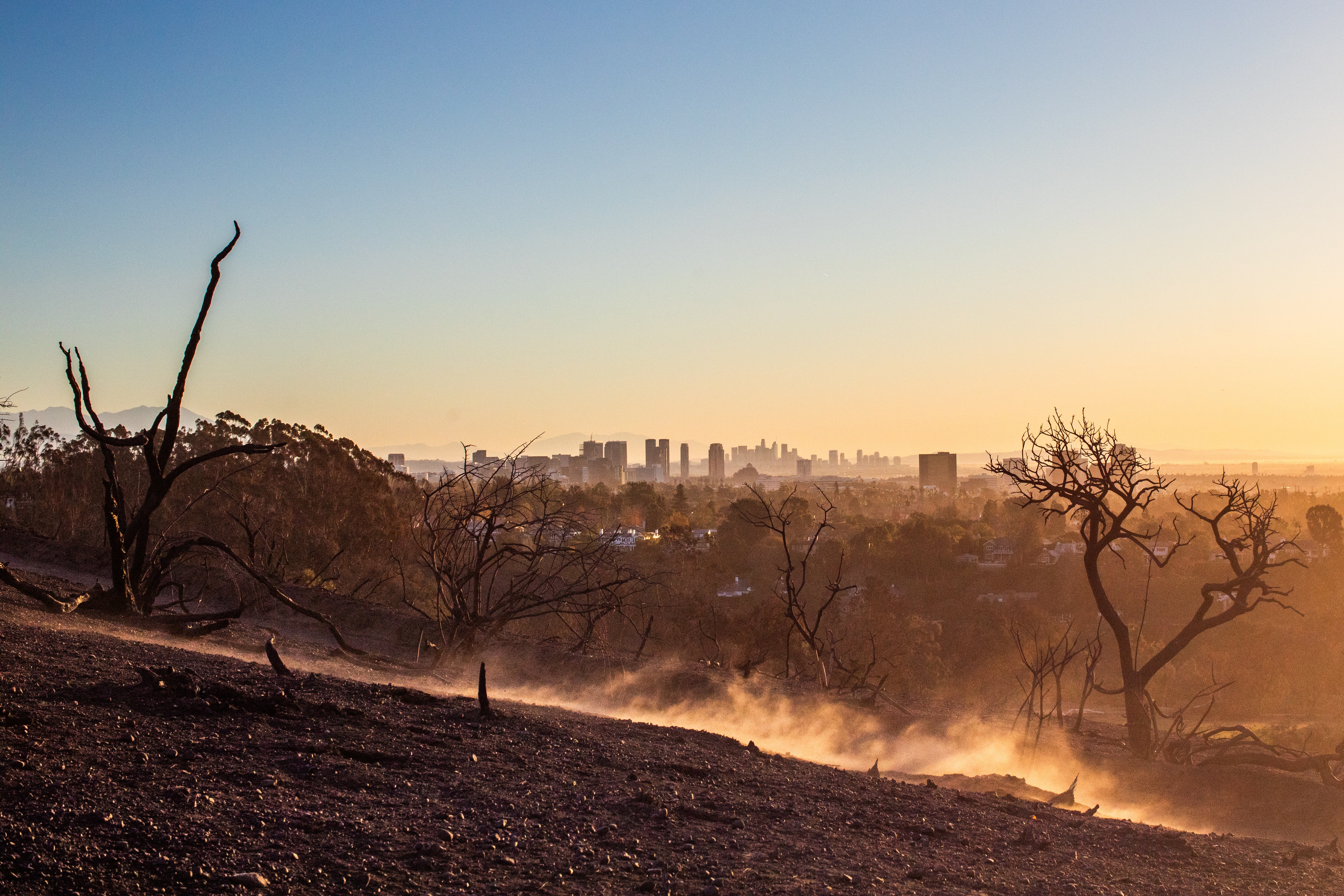Following months without rain, wildfire-ravaged Southern California has once again entered a concerning period of severe drought, new data showed.
Drought conditions – coupled with hurricane-force winds, low humidity and extremely dry vegetation – have helped make this month’s firefighting efforts challenging as deadly fires erupted around Los Angeles. More than a week later, the fires continue to burn.
Now, scientists are saying those drought conditions will continue to grow in the West and will likely get worse in the coming years thanks to climate change.
In a 40-year study published in the journal Science, scientists warn that extreme droughts will increase in frequency, severity and reach.
“Each year since 1980, drought-stricken areas have spread by an additional fifty thousand square kilometers on average — that’s roughly the area of Slovakia, or the U.S. states of Vermont and New Hampshire put together — causing enormous damage to ecosystems, agriculture, and energy production,” Institute of Science and Technology Austria Professor Francesca Pellicciotti said in a statement.

Droughts are caused by periods of drier-than-normal conditions, when little or no rain falls. Atmospheric conditions such as climate change and ocean temperatures factor into droughts.
The Los Angeles fires were likely linked to ocean heat, according to a recent Bloomberg report.
Last year was the warmest year on record for planet Earth, according to multiple scientific agencies. Recent research found that climate extremes last year wrought “havoc” on the global water cycle, contributing to “crippling droughts” in the Amazon Basin and southern Africa.
The West has long been plagued by such conditions. Droughts dry up the state’s water bodies and reservoirs, crack the Earth and impact crop nutrient intake. Droughts can have major consequences for all of Earth’s inhabitants, resulting in food insecurity, forcing migration and increasing illness and disease.
Some 60 percent of all deaths caused by extreme weather events are caused by droughts, according to the United Nations. Recent drought and warm temperatures led to a spade of East Coast wildfires in December.
Using global meteorological data from between 1980 and 2018, researchers in Austria and Switzerland generated the “first” global high-res picture of megadroughts and their impact on vegetation. While they found a “worrying” increase in multi-year droughts, they said that long-term effects of the megadroughts remain largely unknown.
Various climate regions respond to drought episodes differently, with temperate grasslands the most affected in the past few decades.
The researchers noted that changes in greenness cannot be easily monitored over dense tropical forests using satellite images, leading to underestimated effects of drought there. They developed an analysis to better reveal those changes and ranked the droughts they recorded by their severity since 1980.
Megadroughts had the highest immediate impact on temperate grasslands, including in the western U.S.
Researchers also reported that while tropical forests can offset the expected effects of drought if they have enough water reserves, warming climate extends the northern boreal forest growth season because vegetation growth there is dictated by lower temperatures instead of water availability.
“But in the event of long-term extreme water shortages, trees in tropical and boreal regions can die, leading to long-lasting damage to these ecosystems. Especially, the boreal vegetation will likely take the longest to recover from such a climate disaster,” Swiss Federal Institute for Forest, Snow, and Landscape Research’s Dirk Karger, a study author, explained.
The team hopes their findings help to change global perception and preparation for droughts.
“Currently, mitigation strategies largely consider droughts as yearly or seasonal events, which stands in stark contrast to the longer and more severe megadroughts we will face in the future,” Pellicciotti said. “We hope that the publicly available inventory of droughts we are putting out will help orient policymakers toward more realistic preparation and prevention measures.”
Severe droughts will continue to affect the West and get worse as temperatures continue to rise, scientists say. Heat driven by climate change has made ordinary western drought into exceptional drought.
With worsening drought comes ripe, tinderbox conditions for California wildfires, including extremely dry vegetation.
Winds have largely eased around Los Angeles this week. But the threat isn’t over, according to forecasters, with the potential for more dangerous fire weather early next week.
“There are more extreme winds on the horizons … next week and our community needs to remain ready,” Los Angeles City Fire Chief Kristin Crowley warned at a press briefing on Thursday.

